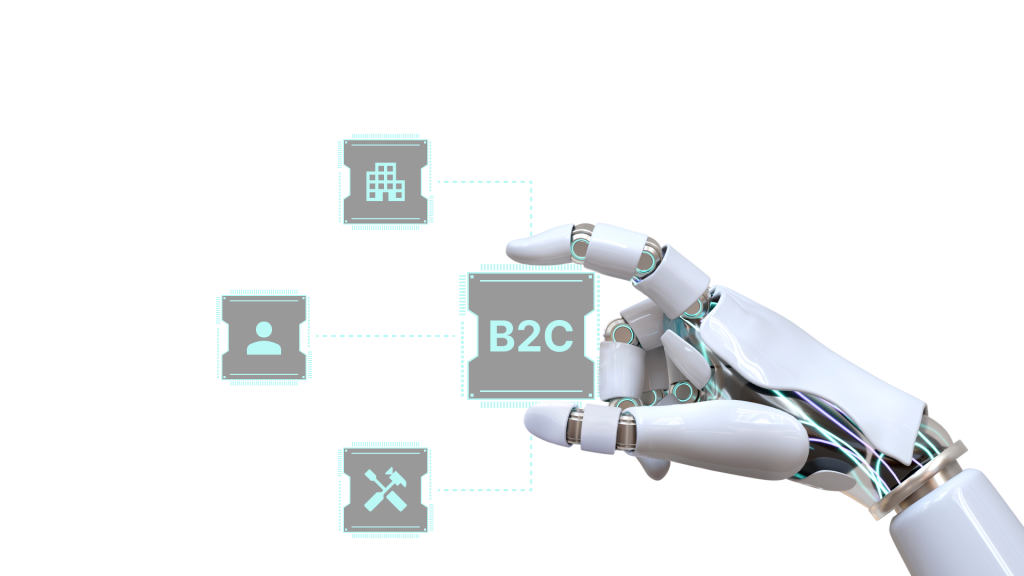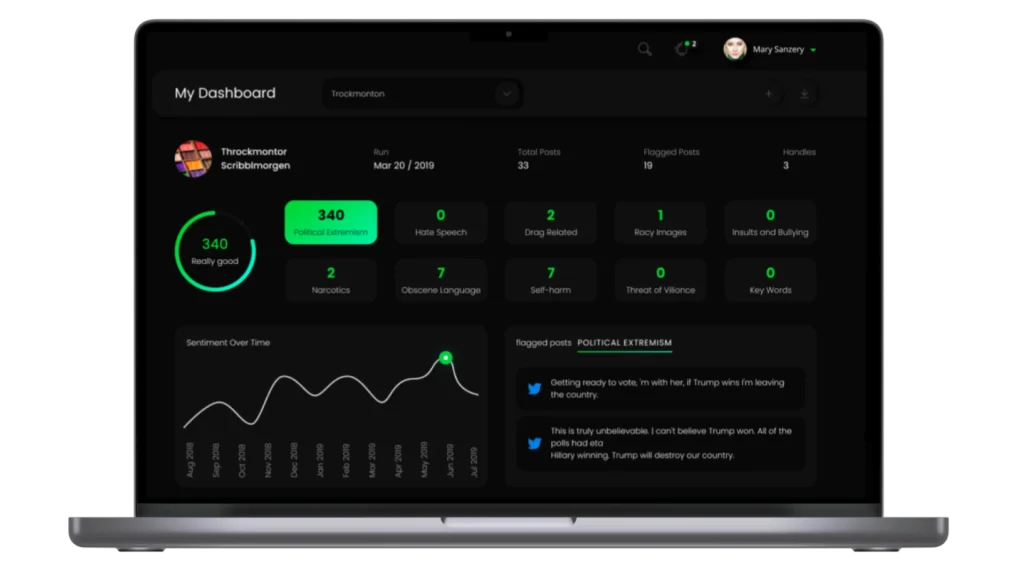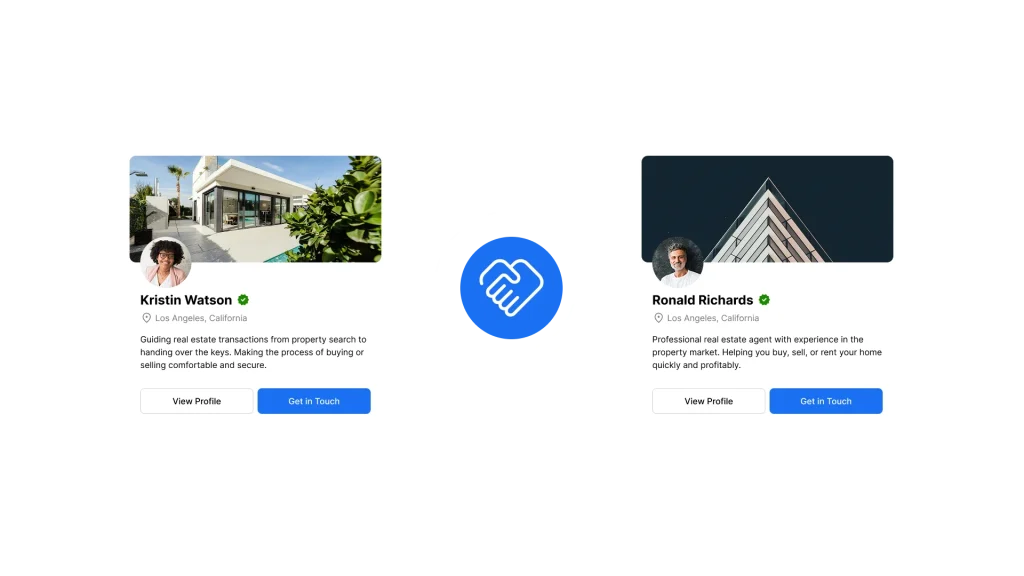Our AngularJS migration process begins by mapping the fundamental structure underlying the existing code.
The audit phase uncovers dependencies, detects duplicate logic, and segments the application into functional domains. This is the foundation for any controlled migration — a blueprint that shows what to keep, what to refactor, and what must be rebuilt.
The engagement includes five technical deep dives:
- Dependency Graph Extraction. Our engineers build a visual map of inter-component calls, directive bindings, and third-party modules through static code analysis and runtime instrumentation.
- Component Classification. We categorize every component by business function, technical complexity, and usage frequency, flagging shared modules and UI primitives for prioritization in the bridge layer.
- Template Risk Profiling. Our team detects anti-patterns in AngularJS templates—nested scopes, watchers, two-way bindings—and scores each template by refactoring effort and test coverage.
- Service & State Mapping. We audit global services, event buses, and stateful directives, identifying logic that must transition to RxJS- or NgRx-compatible structures.
- Dead Code & Redundancy Detection. Using AI-accelerated heuristics, we uncover unused services, redundant modules, and legacy fallbacks and eliminate them before migration.
Output: an Angular migration blueprint that segments legacy complexity, aligns effort with business priority, and cuts dead weight before the first line of new code is written.















































